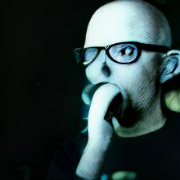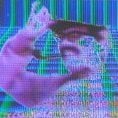- Search posts by...
- Reply to this topic
- Ignore this topic
- Stop ignoring this topic
- Start new topic
-
Recently Browsing 1 member
-
Similar Content
-
- 14 replies
- 1,301 views
-
- 1 reply
- 1,452 views
-
- 2 replies
- 1,041 views
-
- 8 replies
- 1,901 views
-








Recommended Posts